CAIRO – 25 November 2021: Saadi Zaki, director general of the restoration of Al-Kebbash Road, said that the restoration of the road began after removing the houses that were in the area.
Zaki noted that some artifacts were found and extracted; then restoration, cleaning and removing black cement and old red bricks began.
Zaki added that the Nagaa Abu Asab area is witnessing extensive restoration operations, explaining that only a part of the road will be inaugurated Thursday, and stressing that restoration will be ongoing after the opening.
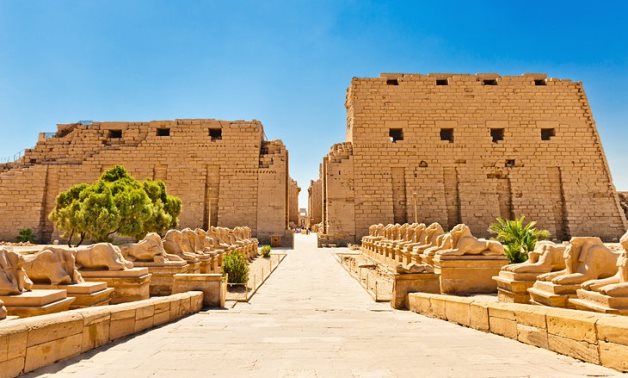
Amira Fawzy, an antiquities inspector at Karnak Temples, stated that she had the honor to participate in the restoration works of the Rams Road, pointing out that the excavations began in 1949 and a total of 8 rams were discovered. As the excavations proceeded, it became clear that this is the road of the great rams.
She emphasized that a large team of archaeologists and workers are exerting massive efforts to restore the 2,700-meter Rams Road, praising everyone who worked in this project, and expressing her pride in Luxor’s Sphinx Avenue grand event that will take place on Thursday.
On November 25 at 7:30 p.m., the eyes of the world turn to Luxor Governorate, to witness the cultural celebration of the opening of the Rams Road, which connects the Karnak temples in the north with Luxor temple in the south.
The road is divided into 3 main parts:
The first part starts from the tenth edifice of the Karnak Temples and heads south for a distance of 300 meters to the gate of the Mut Temple. This road was built in the era of King Tutankhamun, and is considered the oldest part of the road visible so far. This part of the road is lined with sphinx-shaped statues with a lion's body and a ram's head. They are huge statues, sitting on bases with inscriptions. The weight of the statue ranges between 5 and 7 tons; its length reaches 3 meters and 70 cm, and its width is a meter and a quarter.

The statues embrace the statue of Ramses II [A symbol of protection], as the ram expresses the deity Amun-Ra.
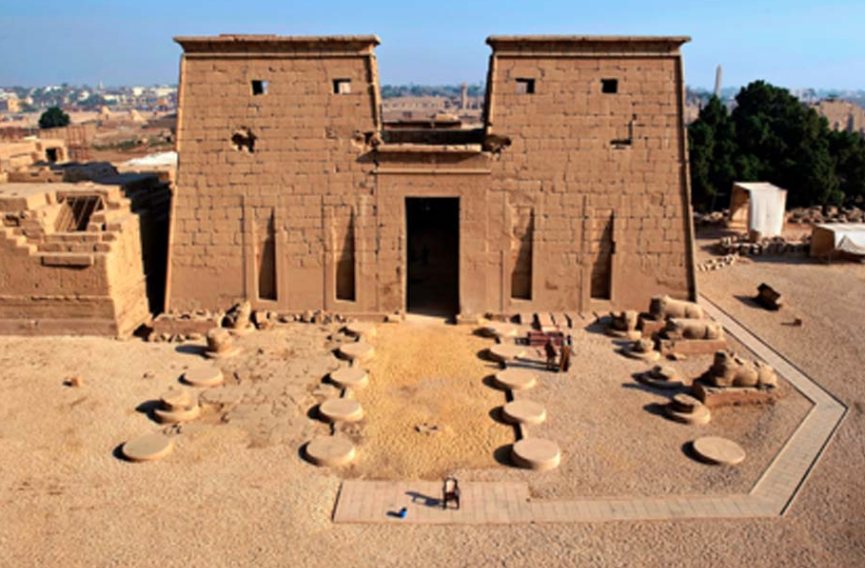
The second part extends in front of the Temple of Khonsu, one of the Karnak Temples, and dates back to the era of Amenhotep III, who started the construction of the Luxor Temple. The statues in this part take the form of a full ram. The second part’s current location is not its original location, which was in one of the funerary temples on the western mainland in Thebes. It was brought to this place during the reign of King Herihor, one of the kings of Dynasty 21.
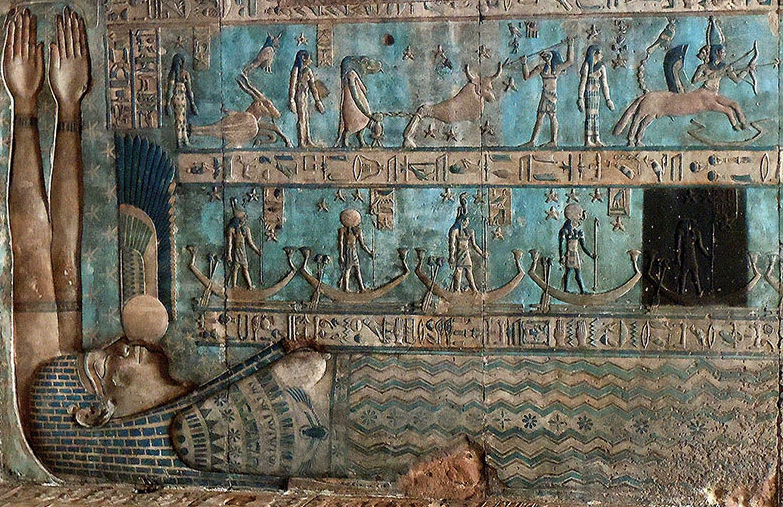
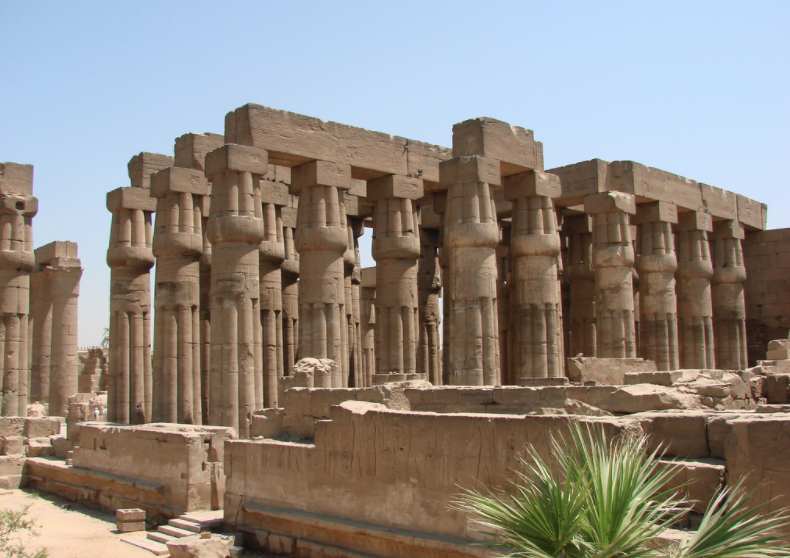
The third part is the Rams Road that extends from the Temple of Nut towards the west or towards the Nile for a distance of about 200 meters and then deviates to the south in one direction with a length of 2000 meters until it reaches the Luxor Temple.
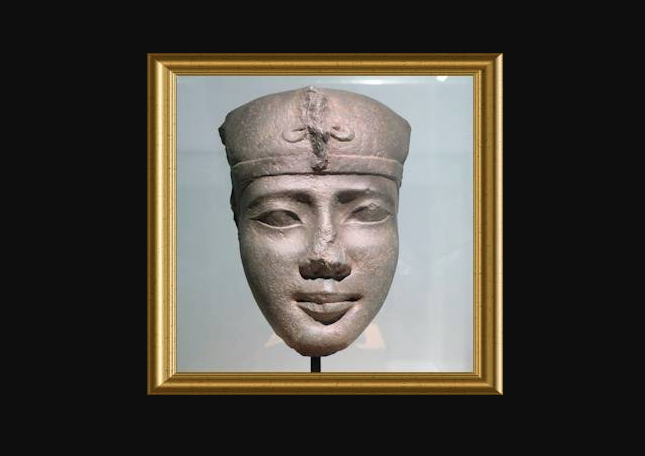
This is what was built by King Nectanebo I, founder of the 30th Dynasty, the last of the dynasties of the era of the pharaohs.
The statues in in this part are smaller than the previous two parts, taking the form of a lion's body and a human head and bearing the features of King Nectanebo I.
Archaeological expert Ahmed Amer, who specializes in Egyptology, said that the King’s Festivities Road, wrongly known as the "Rams Road", dates back to 5,000 years ago.
The road was built for the purpose of witnessing the annual celebrations of the Opet Festival, feasts and special occasions, as well as the coronation of kings, with processions that extended from Karnak Temples to Luxor Temple.
The King’s Festivities Road hosts statues of the Great Sphinx or rams along its length of 2,700 meters from the Luxor Temple to Karnak Temples. In the Pharaonic eras, the number of rams in the two rows was 1,300 rams, but currently there are only about 300 of the original rams. The rest of the rams were destroyed in the eras that followed the Pharaonic era.
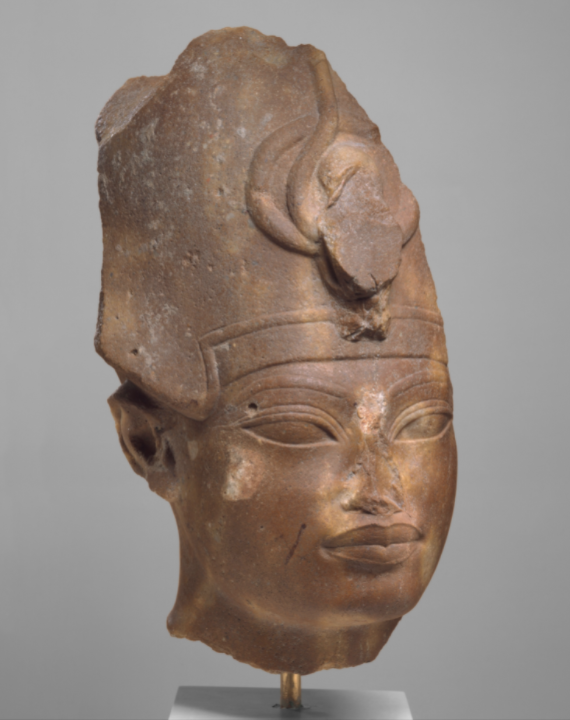
According to Amer, the construction of this road began in the rule of King Amenhotep III of the 18th Dynasty, who started the construction of the Luxor Temple.
However, the largest share of the road’s implementation was completed during the reign of King Nectanebo I, founder of the 30th Dynasty.
It is worth mentioning that the appearance of the ram as a sacred animal dates back to the prehistoric times. It started in the form of rocky chapels inscribed with the shape of a ram.
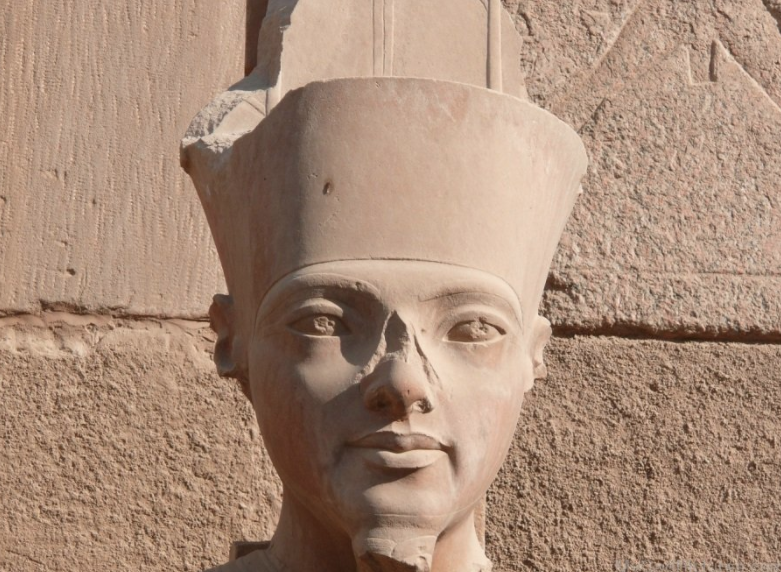
Rams in the road symbolize the god Amun that represents fertility of the ancient Egyptians, and the Ancient Egyptians called it "Wat-nTr", meaning the Path of God. These statues were carved from a single block of sandstone with a cornice inscribed with the king's name and titles.
The ancient Egyptians also believed that the deity Amun moved to the headquarters of his harem for mating and fertility; then nourishment and prosperity prevailed in Egypt.
The celebration of the Opet Festival, according to ancient Egyptian texts, began during the 18th Dynasty of the New Kingdom. Its celebration continued until the end of ancient Egyptian times, and there is evidence that the celebration of the Opet Festival continued until the Ptolemaic period.
Amer further explained that the ancient Egyptians attached great importance to the Opet Festival, which was held annually in Thebes [Luxor currently] during the era of the New Kingdom and beyond, precisely during the second month of the season of Akhet, the flooding season of the Nile.
During the festival, the statues of the deities of the Holy Trinity of Thebes: Amun, Mot and Khonsu, were escorted out of sight inside their sacred boats in a large ceremonial procession from the Temple of Amun in Karnak to the Temple of Luxor on a journey that extended for more than 2 km.
In this ritual, the meeting of Amun-Ra and his wife Mot is highlighted, and the renewal of birth is the main theme in the celebration of Opet.
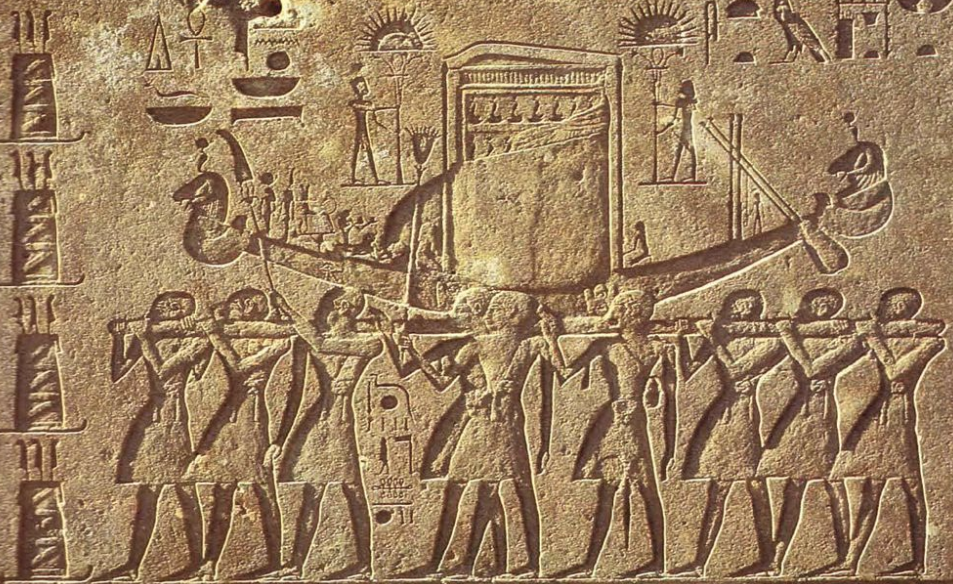
The main source for the Opet Festival is the eastern and western walls in the great colonnade of the Luxor Temple. They date back to the reign of King Tutankhamun. The two walls explain the details of the celebration of the Opet Festival.
In addition, some inscriptions were found in the Temple of Khonsu in the Karnak Temples area. This is in addition to the scenes recorded by the artists of Queen Hatshepsut in the red cabin of the Karnak temples.
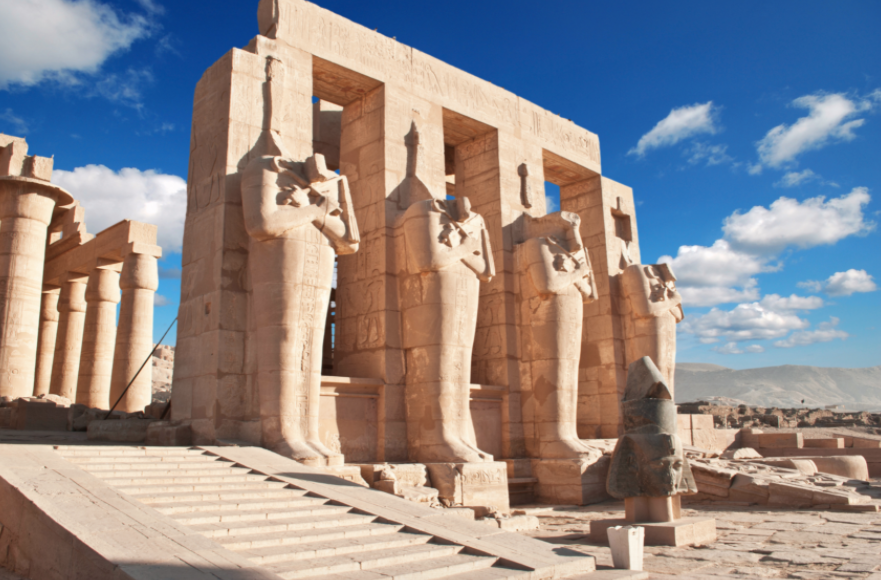
Some drawings of the festivities can also be seen in the Ramesseum Temple in Edfu, the Temple of Medinet Habu, and the graves of the nobles on the western mainland.
Furthermore, the celebration was documented in the pillared hall of Luxor Temple, which was built by King Amenhotep III during the Opet celebrations.
The archaeological expert added that the reopening of the Rams Road will make the city of Luxor go global and turn it into an international tourist attraction.
Comments
Leave a Comment